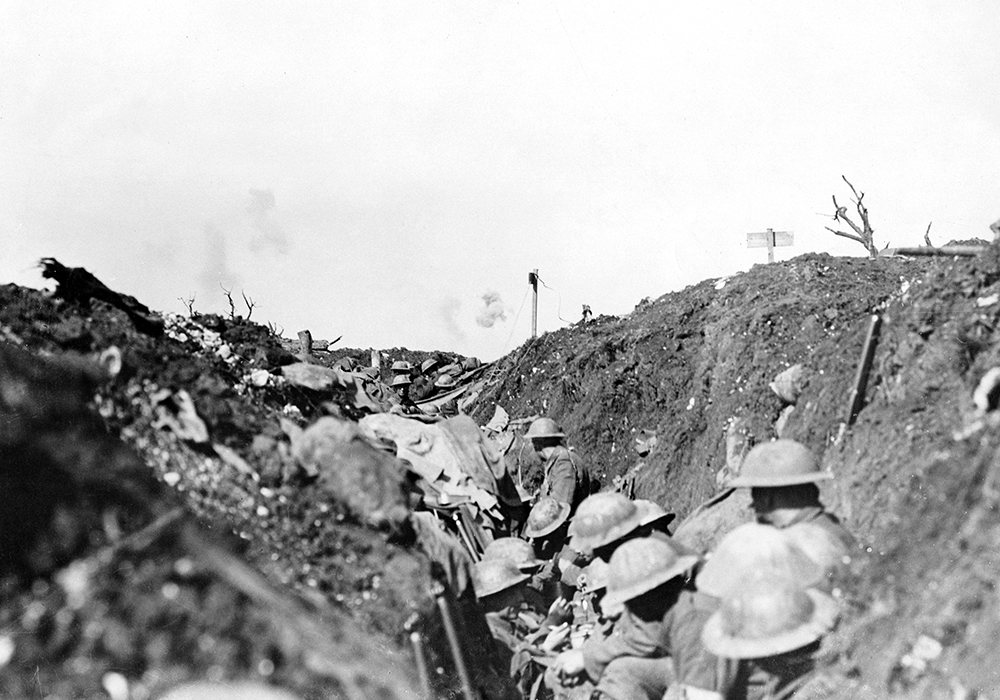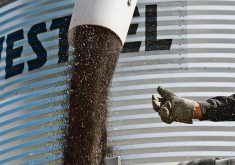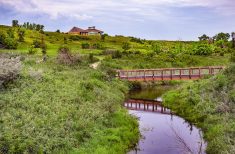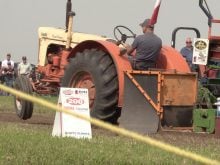Efforts to help returning soldiers acquire their own farms had devastating consequences for First Nations and their land
Canadian soldiers left their jobs out of patriotic fervor in both world wars, gave their all on the battlefield and then came home to an uncertain future.
Moreover, they returned to a far different homeland from the one they left. Many were disillusioned by the high prices created by wartime inflation. For some, their own families seemed ill-prepared for their return because war had changed everyone on both sides of the ocean.
In 1919, the Soldier Settlement Act provided First World War veterans who wished to farm with loans to purchase land, stock, and equipment following a Canadian tradition dating from the 17th century of settling ex-soldiers on farmland. Women in the nursing services and the disabled were excluded from the act’s provisions.
Read Also
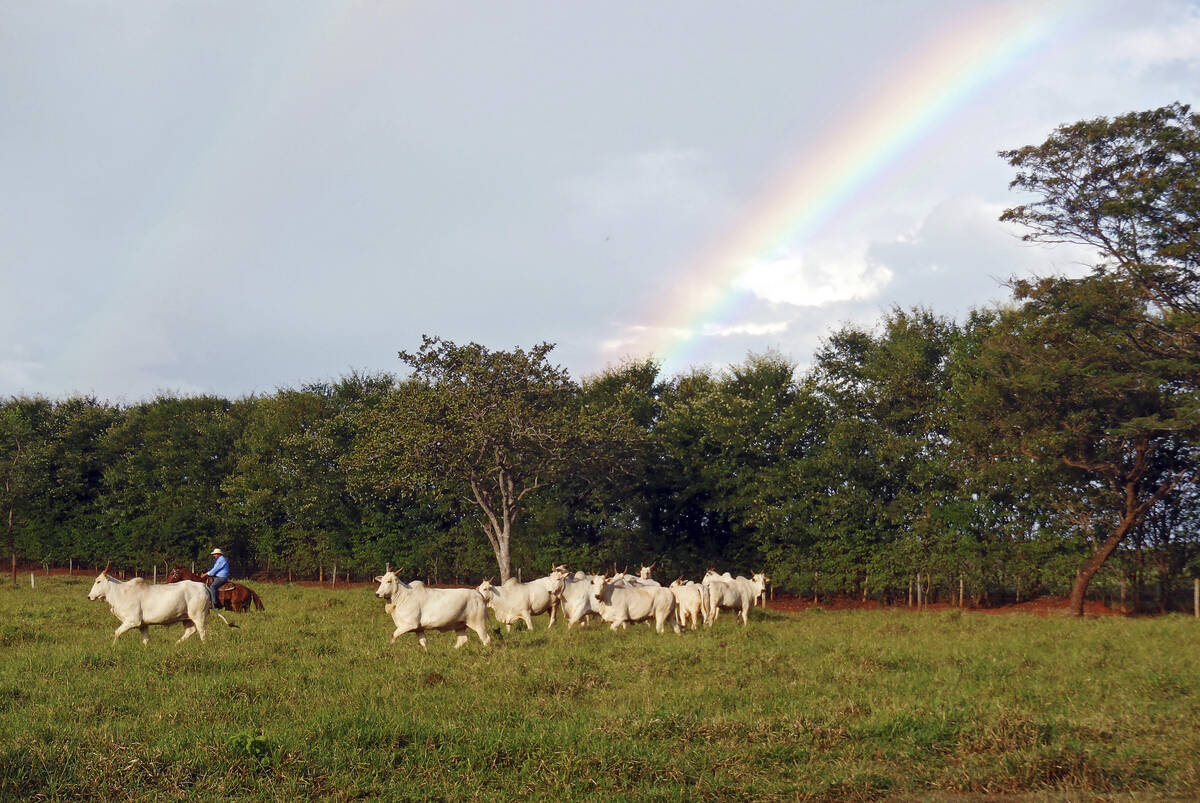
Investigation links green fuel to deforestation
A Texas refinery that supplies green fuel to U.S. airlines has been purchasing animal fat from cattle raised on illegally cleared lands in the Amazon rainforest, according Reuters.
More than 25,000 able-bodied men took advantage of the scheme, although many had to abandon their farms between the wars because of heavy debts and adverse farming conditions. By Dec. 31, 1941, 7,661 soldier settlers lived on their farms and 6,374 civilian settlers had taken over lands relinquished by veteran settlers.
The Veterans’ Land Act (VLA), passed July 20, 1942, and designed to overcome some of the problems inherent in the 1919 plan, gave Second World War veterans choices. With only a small down payment, ex-servicemen could buy land with the help of a government loan; additional funds were available for livestock and equipment. Repayment terms allowed settlers time to re-establish themselves without incurring heavy financial obligations. Veterans were also encouraged to settle small rural or suburban holdings as part-time farmers or to substitute commercial fishing for full-time farming.
In 1950, the VLA began providing loans to veterans who wished to build their own homes. Under the Veterans’ Land Administration, a branch of the Department of Veterans Affairs, more than 140,000 ex-servicemen sought assistance before new loans were ended in 1977.
Ultimately, the program caused a longer lasting problem than it was designed to solve. The act contained clauses to assist veterans in purchasing privately owned land but also authorized the board to acquire uncultivated First Nations reserve land for veteran use. An amendment to the Indian Act of 1919 provided that reserve land could be made available without the consent of the band council.
Reserve residents loudly protested the use of their land for soldier settlement. Representatives of the First Nations on Vancouver Island said that to turn over their reserves to non-Indigenous veterans “would be unfair to those of our race who are sleeping in France and Flanders. This is what the Kaiser would have done to us all, whites and Indians, if he had won the war.”
There were non-Aboriginal people who found the campaign distasteful. An editorial in the Winnipeg Free Press of 5 May, 1919, argued that in Canada’s enthusiastic desire to accommodate the returned soldiers, “few would wish to see the reservations broken up into farms for even our soldier lads, excepting as the result of friendly negotiations.”
Frank Cahill protested in the House in 1919 that the federal government was not justified in deciding what was in the best interests of First Nations. Deputy superintendent for Indian affairs, Duncan Campbell Scott, also found the idea extraordinary that, in a place so sparsely settled, there should be such pressure on reserve land and did not favour the plan.
Indian agent W. M. Graham similarly found it strange that such requests would be made when there were large tracts of Dominion land still available. All appeals were ignored and the program went ahead as planned.
Six reserves surrendered more than 72,000 acres of land for this veteran resettlement. However, Aboriginal veterans were not eligible for this land under the Soldier Settlement Act. They were granted location tickets for land on reserves, which could be granted without band council approval, instead of the 160 acres that were promised to other veterans, and the loans available to them to purchase farming supplies were much smaller.
More than 100 years later, repairs are finally beginning. Since Jan. 1, 2016, Canada has settled more than 205 specific claims with First Nations, totaling $5.1 billion in compensation. In 2022, Muskeg Lake Cree Nation and the federal government reached a settlement for the 1919 Soldier Settlement Board Surrender claim with the band receiving compensation of $127.9 million with the option to add up to 8,960 acres of land to the reserve for the federal government’s breach of pre-surrender and post-surrender obligations.
“We continue to build our relationship with Canada in a respectful way for our members and Nation,” said Chief Kelly Wolfe.

